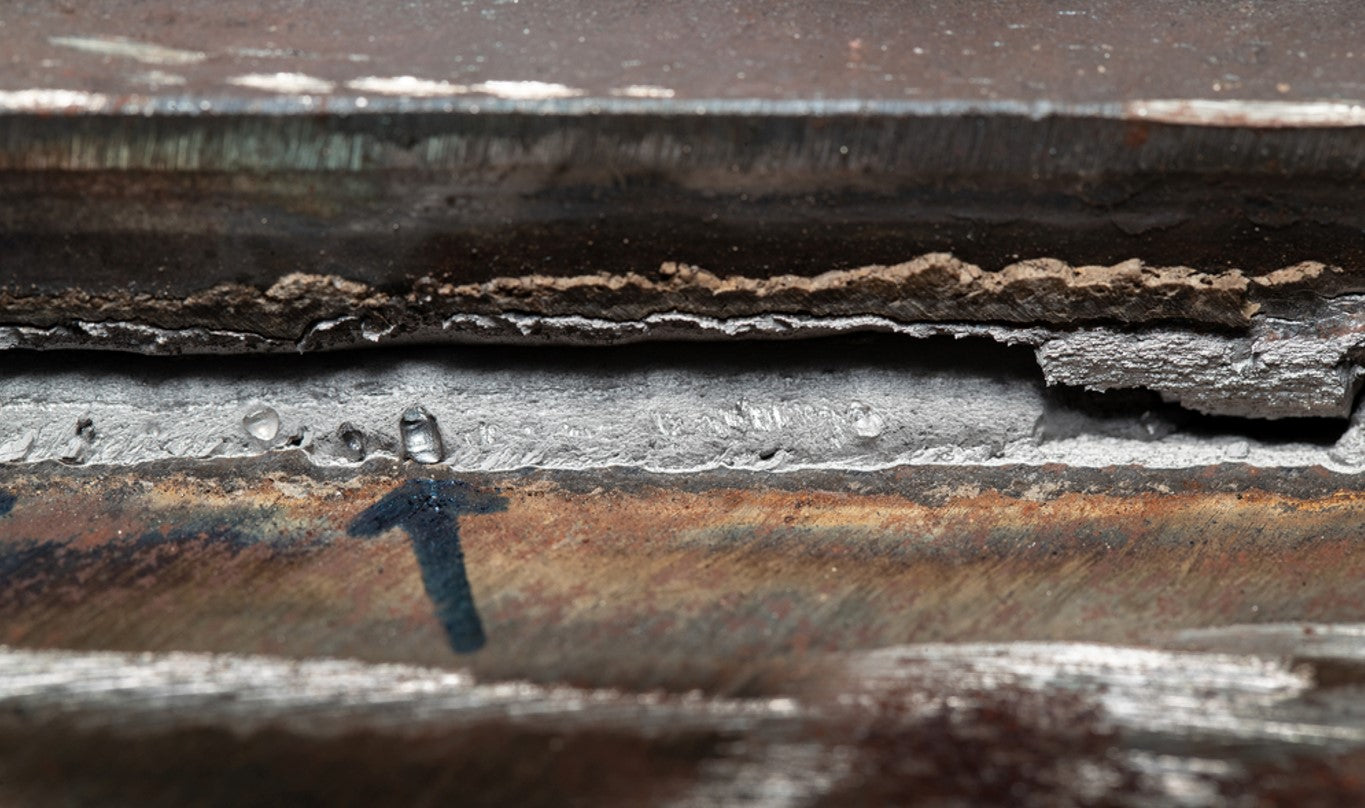Professional Techniques for Preventing Weld Undercut Effectively
Professional Techniques for Preventing Weld Undercut Effectively
Blog Article
Mastering the Art of Welding: Exactly How to Stay Clear Of Undercut Welding Issues for Flawless Manufacture Outcomes
Effectiveness and accuracy are vital worldwide of welding, where even the least flaw can compromise the structural honesty of a made item. One common obstacle that welders face is undercutting, a defect that can lead and deteriorate a weld joint to expensive rework. By comprehending the origin causes of undercut welding and implementing reliable techniques to avoid it, welders can raise their craft to new levels of excellence (Preventing weld undercut). In the pursuit of remarkable construction outcomes, understanding the art of welding to avoid undercut problems is not simply a skill but a requirement for those making every effort for perfection in their job.
Comprehending Undercut Welding

To protect against undercut welding, welders should make certain correct welding specifications, such as readjusting the present, voltage, travel rate, and keeping the right electrode angle. By understanding the reasons of undercut welding and executing preventative measures, welders can attain top quality, structurally sound welds.
Root Causes Of Undercut in Welding
Comprehending the factors that add to undercut in welding is crucial for welders to produce high-grade, structurally sound welds. When the weld steel does not properly fill the groove created between the base metal and the previously deposited weld steel, undercutting occurs. A number of factors can bring about damage in welding. One common cause is excessive warm input. Welding at heats for prolonged durations can result in the base steel thawing more than preferred, leading to damage. Insufficient welding wrong or current welding speed can additionally add to damage. Insufficient current might not offer enough warm to melt the base and filler steels adequately, while excessive rate can stop proper fusion, causing undercut. Furthermore, improper electrode angles or wrong lantern manipulation methods can produce locations of reduced weld steel deposition, promoting undercut. Recognizing these causes and carrying out appropriate welding methods can aid protect against undercutting concerns, ensuring resilient and solid welds.
Strategies to avoid Undercutting

To reduce the danger of undercutting in welding, welders can use calculated welding strategies aimed at enhancing the quality and integrity of the weld joints. One reliable approach is to adjust the welding criteria, such as voltage, present, and take a trip rate, to guarantee appropriate heat input and deposition. Preserving a suitable electrode angle and ensuring constant travel rate can additionally help prevent undercut. next In addition, using the right visit welding strategy for the certain joint configuration, such as weave or stringer grains, can add to lowering undercutting. Preventing weld undercut.
Employing back-step welding strategies and regulating the weld bead account can additionally aid disperse warm uniformly and minimize the risk of undercut. Regular examination of the weld joint during and after welding, as well as carrying out high quality guarantee steps, can aid in finding and addressing damaging issues quickly.
Value of Correct Welding Parameters
Selecting and keeping suitable welding specifications is vital for achieving effective welds with marginal problems. Welding parameters describe variables such as voltage, existing, take a trip speed, electrode angle, and shielding gas circulation price that straight influence the welding procedure. These specifications must be thoroughly adjusted based on the kind of product being bonded, its thickness, and the welding method utilized.
Appropriate welding specifications guarantee the ideal amount of heat is related to thaw the base steels and filler material consistently. If the criteria are established too high, it can cause extreme warm input, causing burn-through, distortion, or spatter. On the other hand, if the parameters are too low, insufficient fusion, lack of penetration, or damaging may occur.
Quality Control in Welding Procedures

Conclusion
To conclude, mastering the art of welding requires a detailed understanding of undercut welding, its reasons, and methods to avoid it. By making sure correct welding specifications and implementing quality control techniques, flawless construction results can be achieved. It is vital for welders to continually make every effort for quality in their welding procedures to prevent undercut issues and create premium welds.
Undercut welding, a typical issue in welding procedures, happens when the weld steel does not correctly load the groove and leaves a groove or clinical depression along the bonded joint.To prevent undercut welding, welders should make sure correct welding criteria, such as changing the current, voltage, travel rate, and preserving the correct electrode angle. Inadequate welding inaccurate or present welding speed can additionally contribute to undercut.To alleviate the risk of damaging in welding, welders can utilize critical welding techniques intended at improving the high quality and honesty of the weld joints.In verdict, mastering the art of welding needs a comprehensive understanding of undercut welding, its reasons, and strategies to avoid it.
Report this page